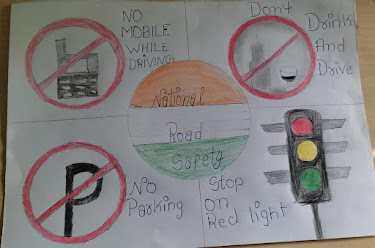Some key aspects of road safety knowledge:
Traffic Signs and Signals: Understanding the meaning of various traffic signs and signals is crucial for following traffic rules and regulations. This includes signs for speed limits, stop signs, yield signs, traffic lights, pedestrian crossings, and more.
Speed Limits: Knowing and adhering to speed limits is important for preventing accidents and maintaining control of the vehicle. Different areas may have different speed limits, such as residential zones, highways, and school zones.
Defensive Driving: Being aware of other drivers and anticipating potential hazards is a fundamental aspect of defensive driving. This includes maintaining a safe distance from other vehicles, using mirrors effectively, and being cautious at intersections.
Right of Way: Understanding who has the right of way in different situations, such as at intersections or when merging lanes, is vital for preventing collisions and ensuring smooth traffic flow.
Seat Belt Usage: Wearing seat belts is one of the simplest and most effective ways to protect oneself in a vehicle. Knowing how to properly wear and fasten seat belts is essential for all occupants of a vehicle.
Bicycle and Motorcycle Safety: Knowledge of specific safety measures for cyclists and motorcyclists, such as wearing helmets, using designated bike lanes, and being aware of blind spots, is vital for their protection on the road.
Emergency Preparedness: Being familiar with emergency procedures, such as what to do in the event of a breakdown, a tire blowout, or a collision, can help mitigate risks and ensure a swift and safe response.











.jpeg)
.jpeg)



.jpeg)





.jpeg)

.jpeg)













